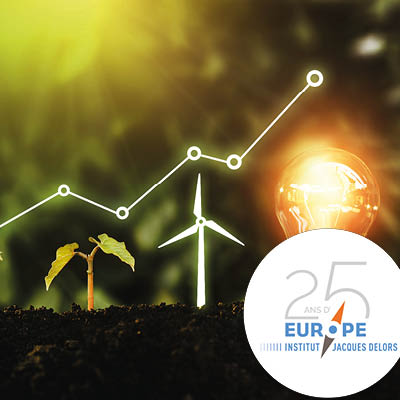L’Europe doit innover pour prendre la tête de la course mondiale à l’économie verte
Article seulement disponible en anglais.

Of all the surprises that 2020 held for humankind, there may be one with longer-lasting effects than the COVID-19 pandemic: we now live in a world where 75% of the global economy aims to become climate neutral in the next decades.
While the European Union led the way in 2019 with its Green Deal’s climate neutrality by 2050 commitment, Chinese President Xi suddenly announced last September at the United Nations that China will become carbon neutral by 2060[1], while the new U.S. Administration under Joe Biden sets the climate neutrality by 2050 objective for the U.S.A.. Alongside them came a wide range of countries, from the United Kingdom to Japan and Argentina. Each country is setting its own course to climate neutrality. The road will be bumpy. There will be many surprises and likely a few setbacks.
Two elements are however certain. First, reaching climate neutrality is achievable only with a major acceleration in clean energy innovation, a message echoed by Bill Gates’ latest book. Second, as each country changes its regulations, taxation and investment priorities, global markets for climate-neutrality goods and services continue to boom.
As the global race to seize the clean energy opportunities has begun, this policy brief dives into the state of green innovation in Europe, with a specific look at the buildings, energy, industry and transport sectors. It proposes five policy actions EU policy makers can undertake in 2021 to accelerate clean energy innovation, and thus strengthen the competitiveness of the EU economy while increasing humanity’s chances to avoid a climate disaster.
[1] There are still uncertainties whether China’s goal only concerns carbon dioxide emissions (carbon-neutral), or whether it concerns all greenhouse gas emissions (climate-neutral).




